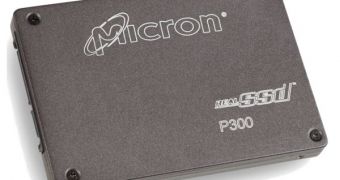This once, the news is not about a piece of hardware potentially catching fire and blowing up in a magnificent display of cinders and melted metal and plastic, but of how the SSD market will behave during 2011.
This year might just be the year when solid state drives break out of their niche market status (if they haven't already) and really become widespread, especially on the high-end market.
One thing they have accomplished is move on to better and better manufacturing processes, meaning that the NAND Flash chips they are made of are more capacious, compact and power-efficient.
SSDs should also be used increasingly often by tablets and any other mobile device that employ Flash storage solutions of this sort.
What's more, the HDD industry took a really serious hit from the disaster that struck Japan on March 11 and left factories shut down and/or damaged.
All in all, 2011 is shaping up to be very lucrative for solid state drives, to the point where their revenues are expected to double over those of 2010.
In numbers, this means a figure of over $4 billion and the second successive year of rapid expansion as far as widespread adoption goes.
Granted, the prices will still not really allow them to become mainstream, but the number of high-end notebook featuring at least one SSD should jump by a great deal.
For those that want exact figures, total revenues should amount to $4.4 billion, a 91.3% surge from the $2.3 billion in 2010.
As for the following years, 7 to 25% growth rates should be shown each year by 2014, when revenues are expected to be of $7.2 billion.
This year, the enterprise segment will be one of the biggest driving forces behind SSDs (since Flash storage helps solve performance bottlenecks), immediately after the already mentioned consumer segment.

 14 DAY TRIAL //
14 DAY TRIAL //